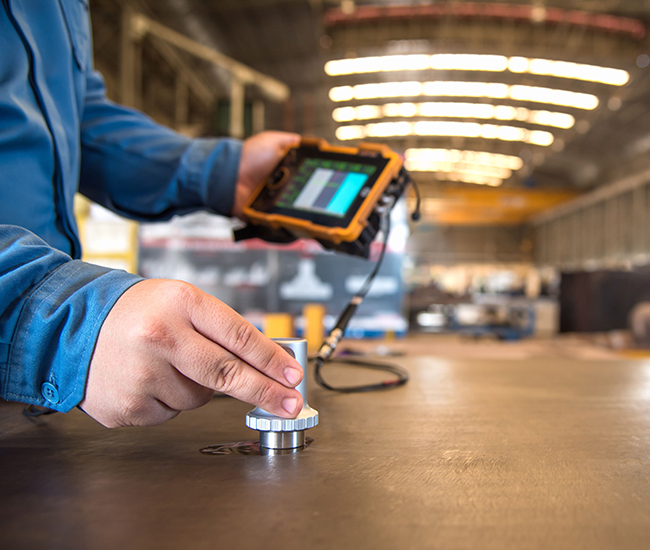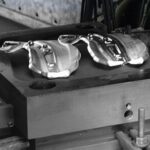The aluminum forging industry stands as a beacon of innovation and durability in modern manufacturing. From its humble beginnings to its pivotal role in various sectors today, aluminum forging has solidified its place as a cornerstone of industrial progress.
History of Aluminum Forging
Aluminum forging traces its roots back to the early 20th century when metallurgists began exploring the potential of aluminum alloys. Over time, advancements in technology and metallurgical understanding propelled the industry forward, leading to the development of sophisticated forging techniques.
Applications of Aluminum Forging
The versatility of aluminum forging finds expression in numerous sectors, including automotive, aerospace, defense, and various industrial applications. Components produced through aluminum forging exhibit exceptional strength, precision, and reliability, making them indispensable in critical operations.
Advantages of Aluminum Forging
Aluminum forging offers a plethora of benefits, ranging from inherent strength and durability to lightweight properties and corrosion resistance. These attributes make aluminum-forged components ideal for applications where performance and efficiency are paramount.
Technological Innovations
Innovations in forging technology have revolutionized the industry, enabling the production of complex shapes with unparalleled precision. Advanced simulation and modeling techniques further enhance the efficiency and accuracy of the forging process, driving continuous improvement and innovation.
Environmental Impact
The aluminum forging industry is committed to sustainability, implementing initiatives to reduce environmental footprint and promote recycling. By prioritizing eco-friendly practices, manufacturers strive to minimize waste and conserve resources for future generations.
Global Market Trends
The demand for aluminum-forged products continues to surge, driven by expanding industries and growing consumer preferences. With a global market poised for significant growth, key players in the industry are positioning themselves to capitalize on emerging opportunities.
Challenges and Solutions
Despite its many advantages, the aluminum forging industry faces challenges such as cost constraints and stringent quality standards. However, through continuous innovation and strategic planning, manufacturers are overcoming these hurdles and driving sustainable growth.
Future Prospects
The future of the aluminum forging industry is brimming with promise, fueled by ongoing technological advancements and evolving market dynamics. As new trends emerge and innovation accelerates, the industry is poised to play a pivotal role in shaping the future of manufacturing.
Conclusion
In conclusion, the importance of the aluminum forging industry cannot be overstated. With its unrivaled combination of strength, versatility, and sustainability, aluminum forging continues to drive progress across various sectors, heralding a future of endless possibilities.
FAQs
What are the primary industries that utilize aluminum forging?
Aluminum forging finds extensive use in automotive, aerospace, defense, and industrial applications.
How does aluminum forging contribute to sustainability?
Aluminum forging promotes sustainability through eco-friendly practices and recycling initiatives, minimizing environmental impact.
What are the key advantages of aluminum forging over other materials?
Aluminum forging offers superior strength, lightweight properties, corrosion resistance, and precision, making it ideal for demanding applications.
What challenges does the aluminum forging industry face?
The industry faces challenges such as cost constraints and quality control measures, which require innovative solutions for sustainable growth.
What technological advancements are shaping the future of aluminum forging?
Advanced forging techniques and simulation technologies are driving innovation in the industry, enabling greater efficiency and precision in production processes.




